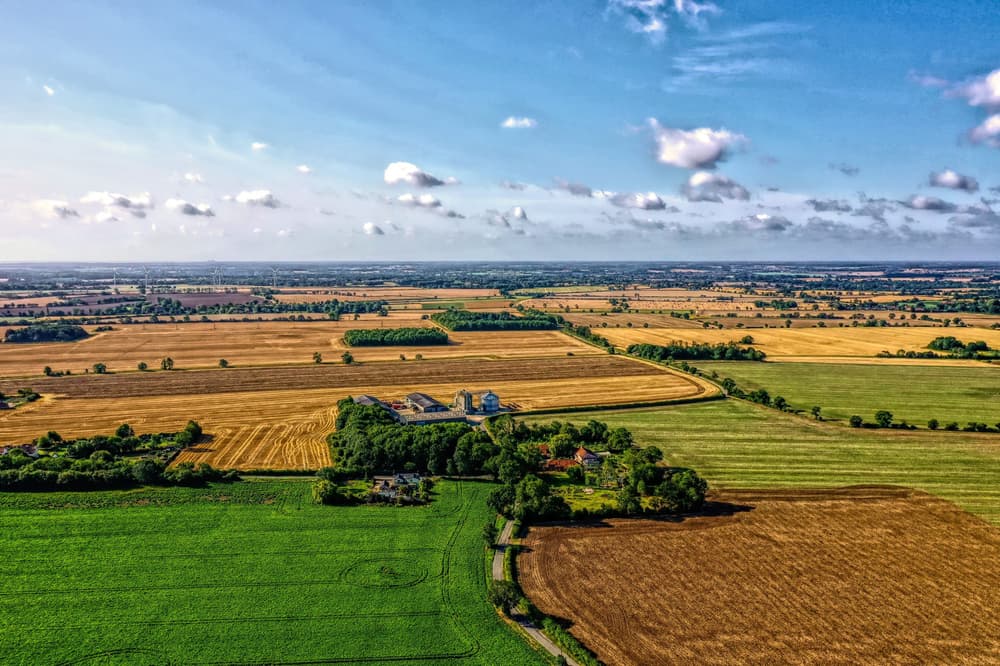It is thought that the world's most ancient hot air balloons came from China. Created out of rice paper, with a small candle or other fuel source suspended underneath, they were used to signal or carry messages in times of war from as long ago as the third century BC. Similar hot air balloons are still in use today; these are sometimes known as Kongming lanterns and are typically released during festivals. It was not until 1709 that a balloon flight is known to have taken place in Europe; the King of Portugal and his court watched a demonstration during which a priest named Bartolomeu de Gusmão successfully launched a small hot air balloon, which lifted several meters above the ground. It was said that de Gusmão later managed to fly in a balloon himself but, as there is no record of this event, the first manned hot air balloon flight is generally attributed to the Montgolfier brothers of France.
The first manned balloon flights take place
In the Ardèche region of France, the Montgolfier brothers worked as paper manufacturers and, after observing how burning paper would rise in the air, they constructed hot air balloons from a combination of paper and fabric. After trying out several unmanned examples – and launching one balloon which successfully lifted a trio of farm animals – they finally flew a tethered manned balloon in 1783. In the same year, the world's first known untethered balloon trip took place, with a Montgolfier balloon that flew for just under half an hour over the streets of Paris. This led to the start of a ballooning craze, which in turn led to great advances in the technology of hot air balloons over the next few years.
The rise and rise of the hot air balloon
Following the successful manned flight in the Montgolfier balloon, experiments soon led to the discovery that balloons filled with hydrogen had superior lifting abilities compared with hot air versions. During the rest of the 18th Century, most of the balloons in use were filled with hydrogen. Meanwhile, Britain was catching up with developments on the continent, with numerous unmanned balloons released, particularly in the area around Bristol. Today, a Bristol company known as Cameron Balloons is the world's foremost balloon manufacturer. In 1784, in London, an Italian called Vincenzo Lunardi finally made the first manned balloon flight from British soil.
Ballooning decreased in popularity in 1786, after Pilatre de Rozier – one of the French men in the first untethered balloon trip – died during his attempt to cross the Channel. However, the 1960s saw hot air ballooning becoming buoyant once more. America's Edward Yost devised a portable burner that meant hot air balloons could reheat the air inside their envelopes as they flew; this represented a great improvement over the original hot air balloons, which could only be heated once from a fire on the ground. Hot air balloons became more common than gas balloons, which are now used mainly for longer flights. Yost also improved the fabric, shape and manoeuvrability of balloons, effectively creating the modern hot air balloons we see today.




